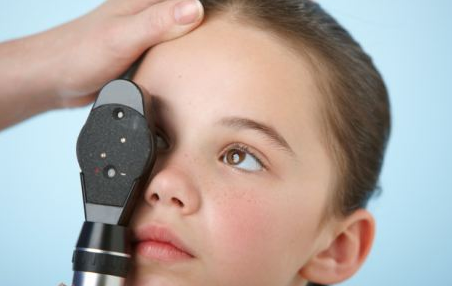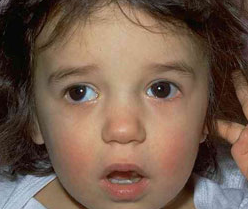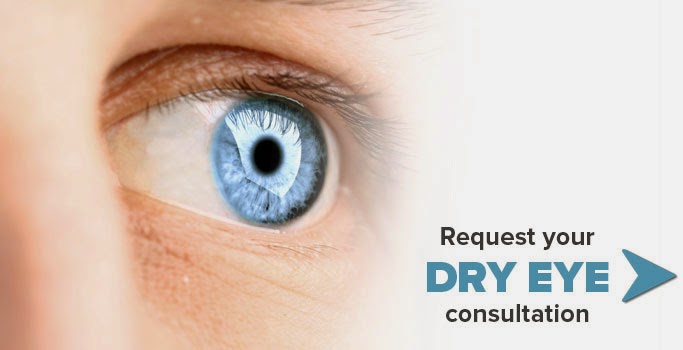What is Glaucoma?
Glaucoma is a condition that causes harm to your eye's optic nerve and became dangerous when kept untreated. It is frequently connected with the development of pressure inside the eye. Glaucoma has a tendency to be inherited and may not appear until the desired time.
The created pressure which is called as the intraocular pressure, can harm the optic nerve. This optic nerve is responsible for the transmission of images to the brain. If this damage to the optic nerve due to the pressure continues, the glaucoma can leads to the permanent vision loss of the patient. So without treatment glaucoma can lead to total blindness within a few years.
About 50% of the people with glaucoma doesn't show any early indications or pain due to this pressure. So every one should see an eye doctor regularly as possible since this can diagnose glaucoma at its early stage and thus can avoid the danger of losing the vision permanently.
If you are a diabetic patient or have an family history of glaucoma, then the chances for getting glaucoma is very high. So its better for those persons to undergo a comprehensive eye checkup.
Krishna Eye Center in Mumbai is one of the famous hospital providing high quality Glaucoma Surgery in Mumbai.
Causes of Glaucoma:
Symptoms of Glaucoma:
Diagnosis of Glaucoma:
Our mail id : krishnaeyecenter@gmail.com
Website : www.krishnaeyecentre.com
Glaucoma is a condition that causes harm to your eye's optic nerve and became dangerous when kept untreated. It is frequently connected with the development of pressure inside the eye. Glaucoma has a tendency to be inherited and may not appear until the desired time.
The created pressure which is called as the intraocular pressure, can harm the optic nerve. This optic nerve is responsible for the transmission of images to the brain. If this damage to the optic nerve due to the pressure continues, the glaucoma can leads to the permanent vision loss of the patient. So without treatment glaucoma can lead to total blindness within a few years.
About 50% of the people with glaucoma doesn't show any early indications or pain due to this pressure. So every one should see an eye doctor regularly as possible since this can diagnose glaucoma at its early stage and thus can avoid the danger of losing the vision permanently.
If you are a diabetic patient or have an family history of glaucoma, then the chances for getting glaucoma is very high. So its better for those persons to undergo a comprehensive eye checkup.
Krishna Eye Center in Mumbai is one of the famous hospital providing high quality Glaucoma Surgery in Mumbai.
Causes of Glaucoma:
- Glaucoma can be caused if you are aged over 40.
- It can be caused as hereditary.
- It can be caused due to diabetes.
- It can also happen due to the use of steroids.
- Due to any early damage to the eyes.
Symptoms of Glaucoma:
- Visibility of halos while looking to lights.
- Loss of vision.
- Eyes colour changes to red.
- Eyes became cloudy.
- Vomiting tendency.
- Eye pain.
- Vision seems to be narrowed.
Diagnosis of Glaucoma:
- Measuring the intra-ocular pressure by the method known as Applanation Tonometry.
- Checking the corneal thickness by Pachymetry.
- Optic disc is viewed by Ophthalmoscopy.
- To evaluate the changes happened in the optic disc by using Fundus camera.
- Mapping the functioning of optic nerve by the evaluation of the vision of each eye by using Visual Field Test.
- To find out the early damages of the nerve fibers by using OCT.
- Glaucoma type can be found out by using the Gonioscopy.
For more details about glaucoma CLICK HERE
Contact us by sending a mail or through our site..
Our mail id : krishnaeyecenter@gmail.com
Website : www.krishnaeyecentre.com












_PHIL_4284_lores.jpg)





























